International Bridge Technologies

 29 March 2024
29 March 2024
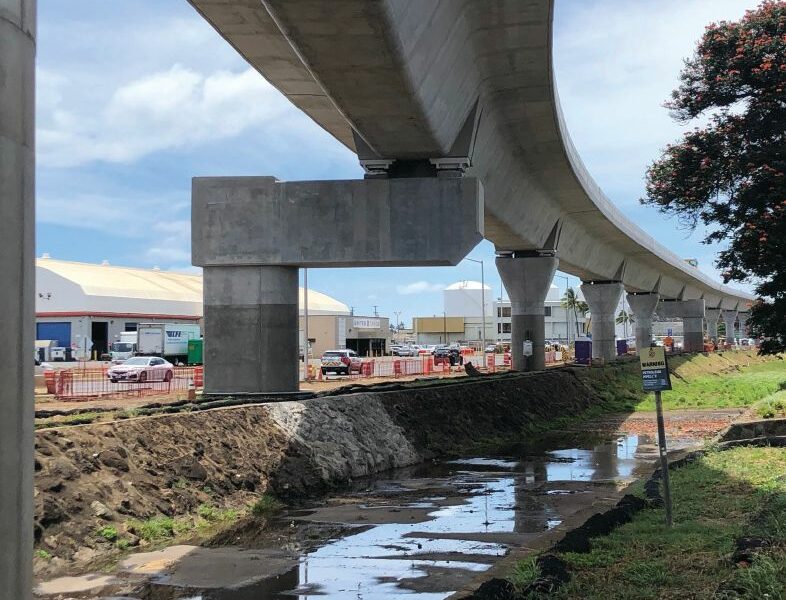 24 February 2024
24 February 2024
 07 December 2023
07 December 2023
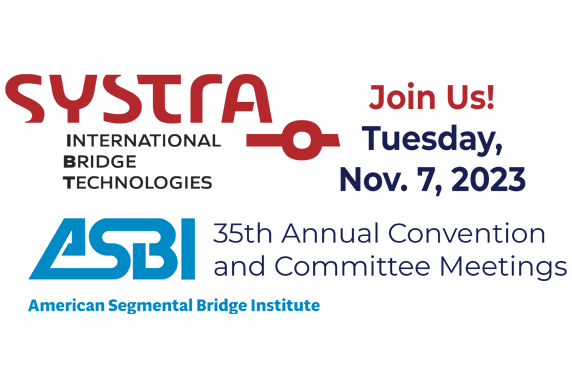 03 November 2023
03 November 2023
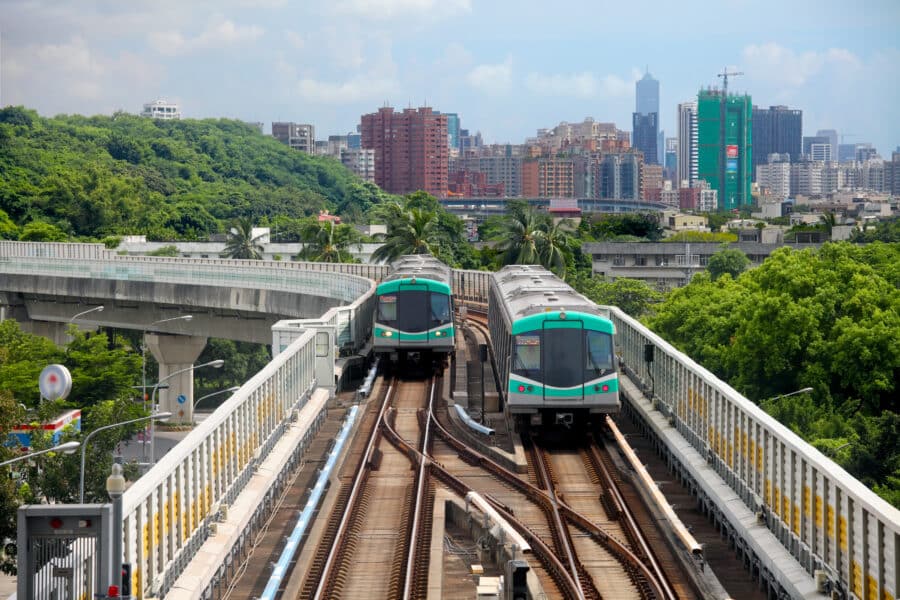 25 August 2023
25 August 2023
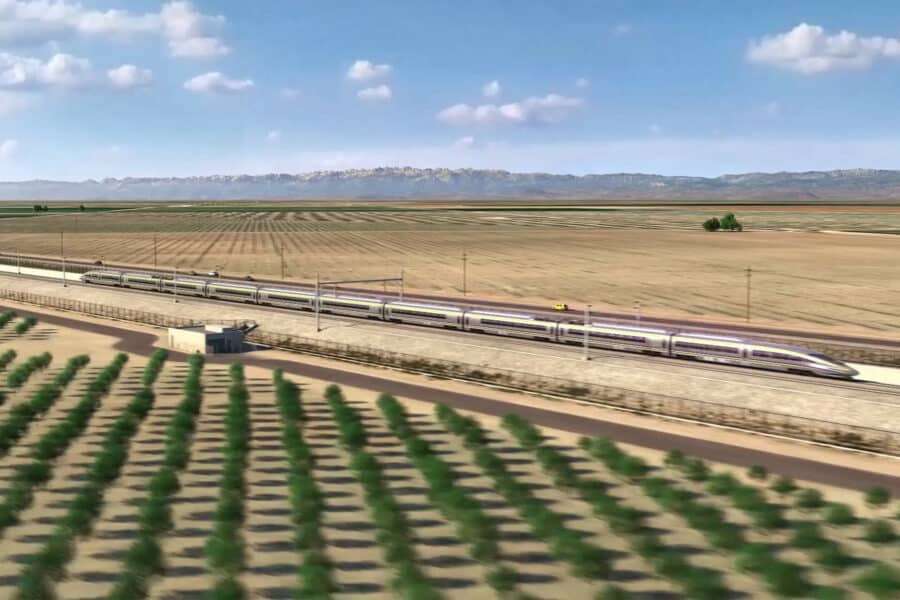 06 February 2023
06 February 2023
 20 March 2024
20 March 2024
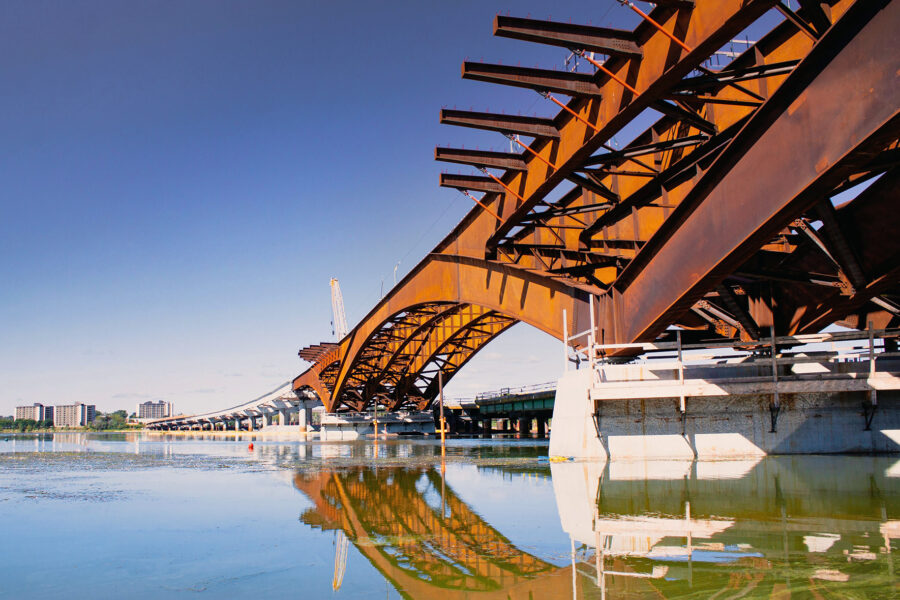 20 December 2023
20 December 2023
 05 December 2023
05 December 2023
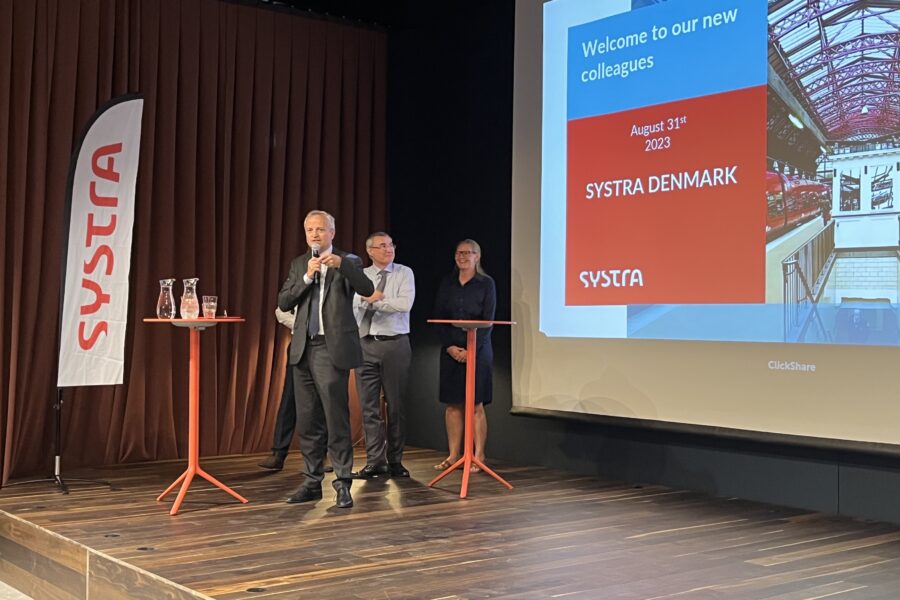 31 August 2023
31 August 2023
 15 August 2023
15 August 2023
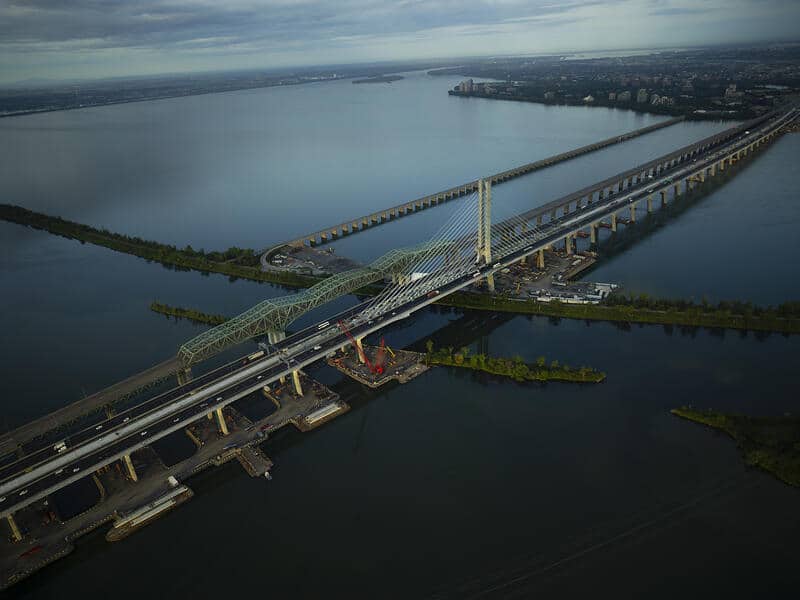 11 January 2023
11 January 2023